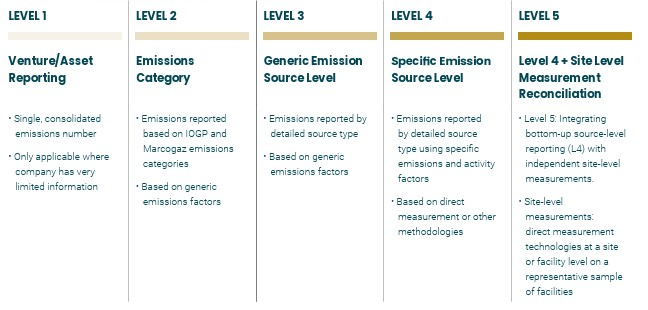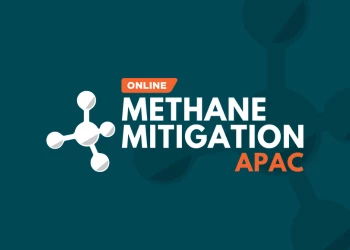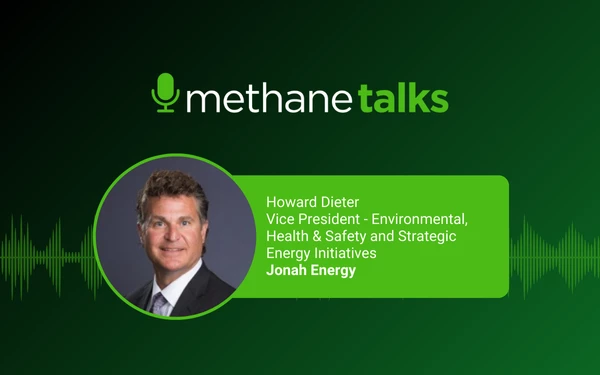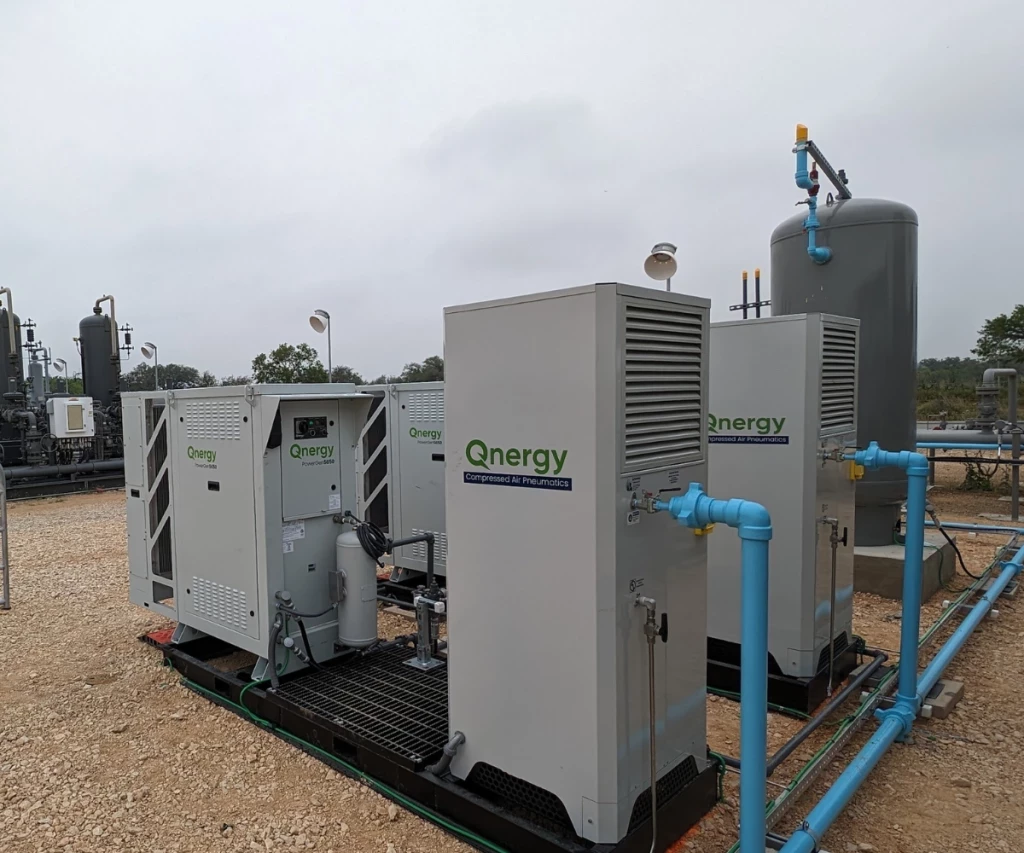A Guide to OGMP 2.0 Level 4 and Level 5 Reporting and Measurement Framework
Insights from OGMP 2.0 Advisors
Add bookmark
Gold Standard Reporting
The OGMP 2.0 Framework sets out an approach to report Scope 1 methane emissions from all sources at both operated and non-operated ventures across the oil and gas value chains. Recognizing that companies and individual assets may be at different stages of their methane management and reporting journeys, the framework allows companies to categorize their asset-level reporting by 5 distinct reporting levels:

The reporting of emissions by detailed source type in Level 3 and Level 4 requires a complete inventory of all sources of methane emissions. Emissions estimates should incorporate variability and intermittency of emissions over the reporting period. Level 3 is based on generic emission factors, which have been proven to dramatically underestimate real methane emissions levels, while Level 4 requires company-specific methods per source such as:
- Source level direct measurements
- Company/asset-specific measurement-based emission factors
- Detailed engineering calculations and/or simulation tools taking into account measured and operations parameters
- Or any combination of the above
L5 reporting emissions estimates build on the L4 inventory through the addition of site-level measurements in a representative sample of sites and reconciliation of data. It is important to recognize that Level 5 is not the site-level measurements alone, but the reconciliation between source and site-level measurements.
Reconciliation is an iterative process of investigation and should not be thought of as a one-off comparison of independent values from the source-level quantification and the site-level measurements. The process, like the knowledge, will evolve over years – the focus is on making credible progress year over year.
The graph below describes the recommended Level 5 reporting process:

Gold Standard Reporting requires a methane emissions reduction target (intensity or absolute) and the reporting of methane emissions at asset level according to the timelines established in the reporting framework. Companies have 3 years to report their material operated assets at Level 4 and Level 5, and 5 years for their material nonoperated assets.
OGMP 2.0 members may achieve Gold Standard Pathway prior to year 3 and 5 via:
- Submission of OGMP 2.0-compliant Level 1 (or higher) report for all inscope assets
- Submission of a robust and credible implementation plan for all in-scope assets
- Establishing a methane emissions reduction target
Members are required to submit an implementation plan describing how they will achieve ‘Gold Standard Reporting’ by the agreed dates. The steps below provide a process that companies can follow to develop an implementation plan:

Case Study: Increasing the Data Quality for a More Effective Mitigation Strategy
One of OGMP 2.0’s U.S. member companies compared Level 3 and Level 4 reporting for their 2022 methane emissions. Level 3 emissions were estimated based on generic emission factors (U.S. Environmental Protection Agency Subpart W), and Level 4 emissions were quantified according to asset-specific methods (measurements, simulation tools, and detailed engineering calculations). The operator found that Level 4 reported emissions were 2.3 times higher than Level 3 estimates and yielded substantially different source attributions for the emissions. This confirms that empirical measurements lead to a materially improved assessment of emissions, with further improvements expected at Level 5. This improved emission transparency is allowing the company to design the most cost-effective methane reduction strategy by targeting capital to reduce the largest actual emission sources.

Navigating OGMP 2.0 and Best Practices for Methane Reporting: Insights from Tania Meixús and Lisa Solomchuk, OGMP 2.0 Senior Advisors
What are the most common challenges operators face when progressing from one reporting level to the next, and how do you suggest they navigate those challenges?
The most common challenges that OGMP 2.0 identified since the initiative was launched are:
1. Developing a robust and complete inventory of methane emissions across all sources of methane, which is the first step that a company should take to inform its reporting plans. Ways to navigate the challenge:
- This is a one-time effort that will be the basis for companies’ future reporting and is typically done upon joining OGMP 2.0 and revised when there are changes to the assets or portfolio
- OGMP 2.0 provides guidance on developing a robust and complete inventory
- Operators have in-house knowledge and information needed to build the inventory (Piping & Instrumentation Diagrams, flow diagrams, manufacturers information, heat material balances, safety data sheets)
2. The availability of certain technologies and the expertise needed to deploy them in some regions can be limited, constrained and/ or costly. Ways to navigate the challenge:
- OGMP 2.0 requires the development of a robust implementation plan that details the technologies and methods to achieve Gold Standard Reporting. OGMP 2.0 works closely with companies to ensure that the implementation plans are robust, specific to their needs, and focused on material sources
- Companies need to plan their measurement campaigns with enough lead time to ensure that they can secure the necessary technologies and services in market to conduct the measurement campaigns in line with the Gold Standard timelines. In some cases, through the OGMP 2.0 community of practice, companies in the same region work together under non-competitive conditions to reduce the costs associated with the measurements and to ensure that their campaigns are more efficient
3. Reporting on the methane emissions of non-operated assets is a key requirement of the OGMP 2.0 Framework. However, this can present challenges in certain contexts and regions. Ways to navigate the challenges:
- The OGMP 2.0 reporting tools and resources provide guidance on reporting across the joint venture portfolio. The implementation plan that companies develop includes plans to achieve Gold Standard Reporting across their material joint venture assets
- The OGMP 2.0 taskforce on Joint Ventures has developed guidance to support companies’ efforts, and a number of other supporting tools have been made public by others including for example the Environmental Defense Fund, and the Methane Guiding Principles
- OGMP 2.0 team and non-member companies such as the European Commission can provide support to remove barriers in relevant jurisdictions
- OGMP 2.0 offers support to companies looking to host workshops or technical sessions to present the OGMP 2.0 initiative to joint venture partners
- Company members see the benefit in encouraging their joint venture partners to join OGMP 2.0 directly, to have access to the community of practices that the partnership provides
- It is important to highlight that OGMP 2.0 members will not lose their Gold Standard if they do not manage to receive the data from their nonoperated assets, as long as they demonstrate reasonable efforts to obtain it
When and why should operators aim for L5 compared with staying at L4?
To achieve Gold Standard Reporting, OGMP 2.0 companies are required to report all material assets at Level 4 and Level 5 within three years for operated assets and five years for nonoperated assets. Level 5 is the reconciliation of source-level inventories (Level 4) with independent site-level measurements. Site-level measurements complement – rather than replace – sourcelevel estimates, and the process of reconciliation helps improve accuracy, thoroughness, and confidence in reported emissions. Site-level measurement contributes to ensuring that all sources of methane emissions are identified, quantified, reported, and targeted by the mitigation strategy of the company.
How does the OGMP 2.0 framework align with regulatory requirements in different parts of the world?
OGMP 2.0 was designed as a voluntary and principles-based initiative but thanks to its robustness and growing international coverage of over 40% of global oil and gas production, it is increasingly recognized as a global standard for Monitoring, Verification and Reporting (MRV) of methane emissions in the oil and gas sector. For example, it serves as the basis of the EU Methane Regulation and influences other regulatory developments around the world. It is also being considered in the global MMRV framework negotiations between the EU, US, and other partners. The key feature of the OGMP 2.0 that should be common for all regulatory efforts is its focus on direct measurements of emissions, rather than generic emissions factors that we know dramatically underestimate emissions.
Can you provide any best-practice advice on how operators can streamline their processes to meet both regulatory and voluntary reporting requirements? Is there a simple step-by-step approach they can follow?
We appreciate the EU aligning its methane regulation with the OGMP 2.0 by being actively involved in its work as a noncompany member of the Partnership. Instead of reinventing the wheel, our call to policymakers is to look at OGMP 2.0 as a basis for MRV policies and regulations. We should make sure that OGMP 2.0 continues to strengthen its ambition to follow the increasing demand for managing and reducing the methane intensity of oil and gas operations coming both from buyers and regulators. It is crucial to avoid the creation of multiple standards that will increase the reporting burden on the operators and may generate confusion that could be used as an excuse to slow down action.
Are there any specific tools or technologies that can help operators on their OGMP 2.0 journey?
OGMP 2.0 does not recommend specific technologies for identifying and quantifying methane emissions. We know that they experience continuous and rapid evolution and improvement. Moreover, there is not one existing technology that is one-size-fits-all for our 140+ member companies. Their effectiveness also depends on how the technologies are deployed and on the specifics of the operating environment. OGMP 2.0 organizes regular experience-sharing workshops where member companies share their experience with methane detection and quantification technologies and learn from each other to accelerate the collective progress. We have also launched a mentoring program connecting new members with companies that are more advanced on their OGMP 2.0 journey and operate in similar conditions and geographies to allow them to exchange experience with the implementation of different technologies.
How can operators best reconcile data from multiple sources like drones or satellites?
Companies need to select technologies that are fit for purpose for their type of sites and operations and previously validated based both on robust controlled release testing and validation in real-world conditions against other technologies. The Level 5 emissions reporting is built on the Level 4 inventory through the addition of site-level measurements and the reconciliation process of these data. Any learnings and findings due to the site-level measurements and the reconciliation process will be integrated into the methane emissions inventory. This process contributes to ensuring completeness of the inventory and improves confidence in accurate reporting through elucidation of the discrepancies between two independent approaches to deriving emissions.
How can different segments of the oil and gas industry tailor OGMP 2.0 compliance strategies to their operations?
OGMP 2.0 meets the companies where they are on their methane journey with a pragmatic and tailored approach that allows companies to make credible methane emissions reductions regardless of their starting point. Our goal is to help enhance the understanding of companies’ emissions and allow them to use this knowledge for cost-effective and targeted mitigation of the biggest actual sources of methane. OGMP 2.0 guidance documents are tailored to specific sources of methane that are different for different segments. We also provide separate reporting templates and guidance to the mid- and downstream and the upstream segment. Finally, we organize dedicated technical workshops for different types of operations to make sure we discuss specific challenges and solutions to address them.
About OGMP 2.0
The Oil & Gas Methane Partnership 2.0 (OGMP 2.0) is the United Nations Environment Programme’s flagship oil and gas reporting and mitigation programme. OGMP 2.0 is the only comprehensive, measurement-based reporting framework for the oil and gas industry that improves the accuracy and transparency of methane emissions reporting. This is key to prioritizing methane mitigation actions in the sector.
To learn more about how to integrate OGMP 2.0 practices into operational and organizational processes, join us in Austin, TX from June 2-4, 2025! This year’s Technology & Innovation Summit will bring together 400+ oil and gas operators, NGOs, regulators, academics, and technology providers to discuss best practice and solutions needed to measure, monitor, and mitigate methane emissions from the energy sector.























